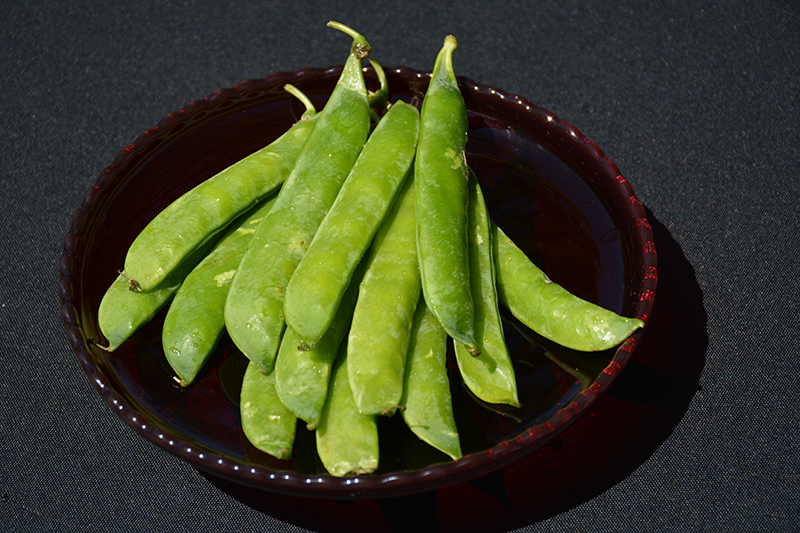Shonnard’s Nursery
Plant Finder Tool
Height: 3 feet
Spacing: 3 inches
Sunlight:
![]()
Hardiness Zone: (annual)
Description:
An amazing selection that is easy to grow and quick to harvest; producing high yields of long, very compressed pods with a sweet and crisp flavor, perfect for salads, stir frys and freezing; stems and leaves of immature plants are edible and delicious
Edible Qualities
Snow Pea is an annual vegetable plant that is typically grown for its edible qualities. The entire above-ground parts of the plant are edible, and are usually harvested from mid spring to late fall. The edible parts have a sweet taste and a crisp texture.
The plant is most often used in the following ways:
- Fresh Eating
- Eating When Cooked/Prepared
- Cooking
- Baking
- Freezing
Planting & Growing
Snow Pea will grow to be about 3 feet tall at maturity, with a spread of 6 inches. When planted in rows, individual plants should be spaced approximately 3 inches apart. Because of its vigorous growth habit, it may require staking or supplemental support. This fast-growing vegetable plant is an annual, which means that it will grow for one season in your garden and then die after producing a crop. Because of its relatively short time to maturity, it lends itself to a series of successive plantings each staggered by a week or two; this will prolong the effective harvest period.
This plant is typically grown in a designated vegetable garden. It should only be grown in full sunlight. It does best in average to evenly moist conditions, but will not tolerate standing water. It is not particular as to soil pH, but grows best in rich soils. It is somewhat tolerant of urban pollution. Consider applying a thick mulch around the root zone over the growing season to conserve soil moisture. This species is not originally from North America.
Snow Pea is a good choice for the vegetable garden, but it is also well-suited for use in outdoor pots and containers. With its upright habit of growth, it is best suited for use as a 'thriller' in the 'spiller-thriller-filler' container combination; plant it near the center of the pot, surrounded by smaller plants and those that spill over the edges. Note that when growing plants in outdoor containers and baskets, they may require more frequent waterings than they would in the yard or garden.

